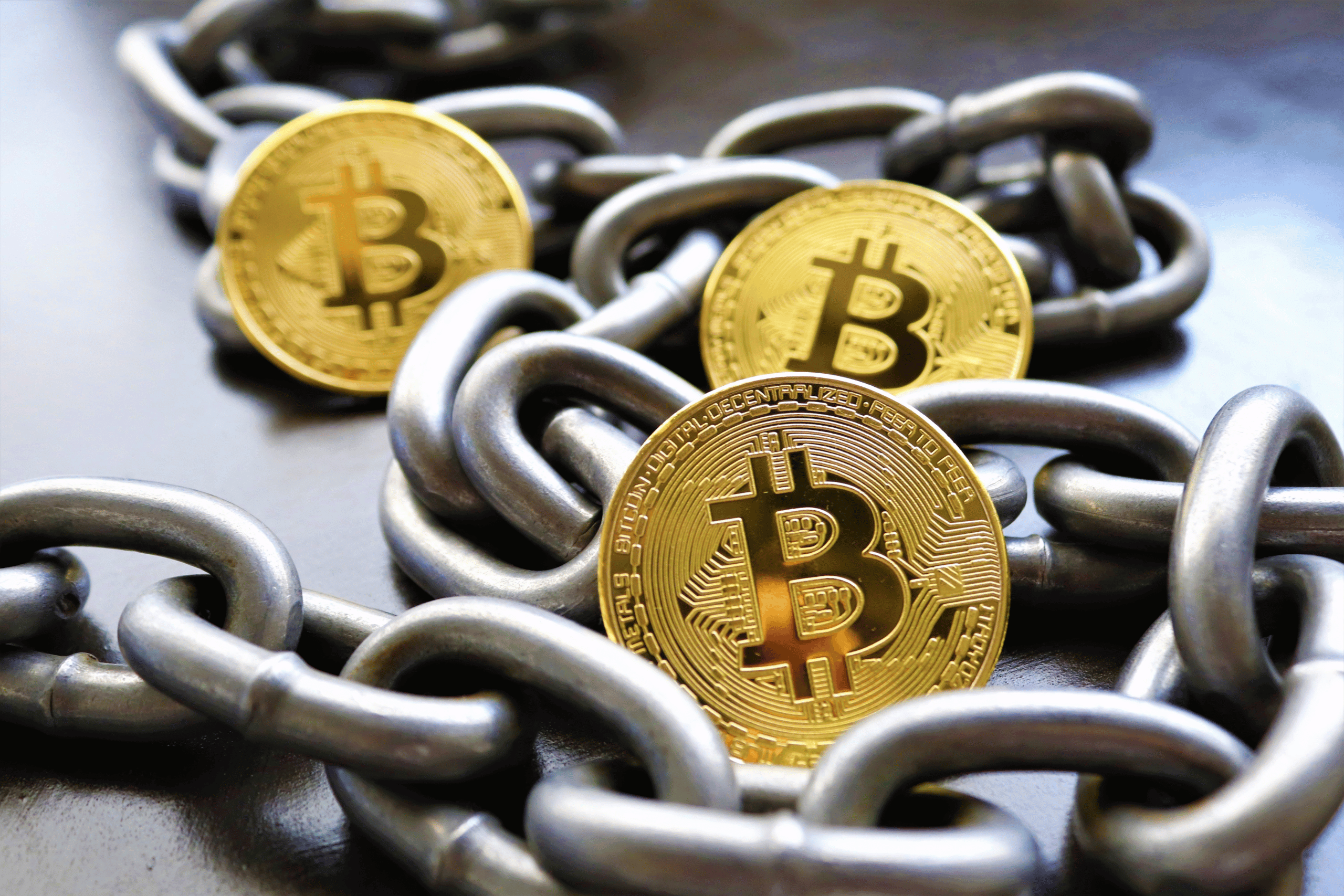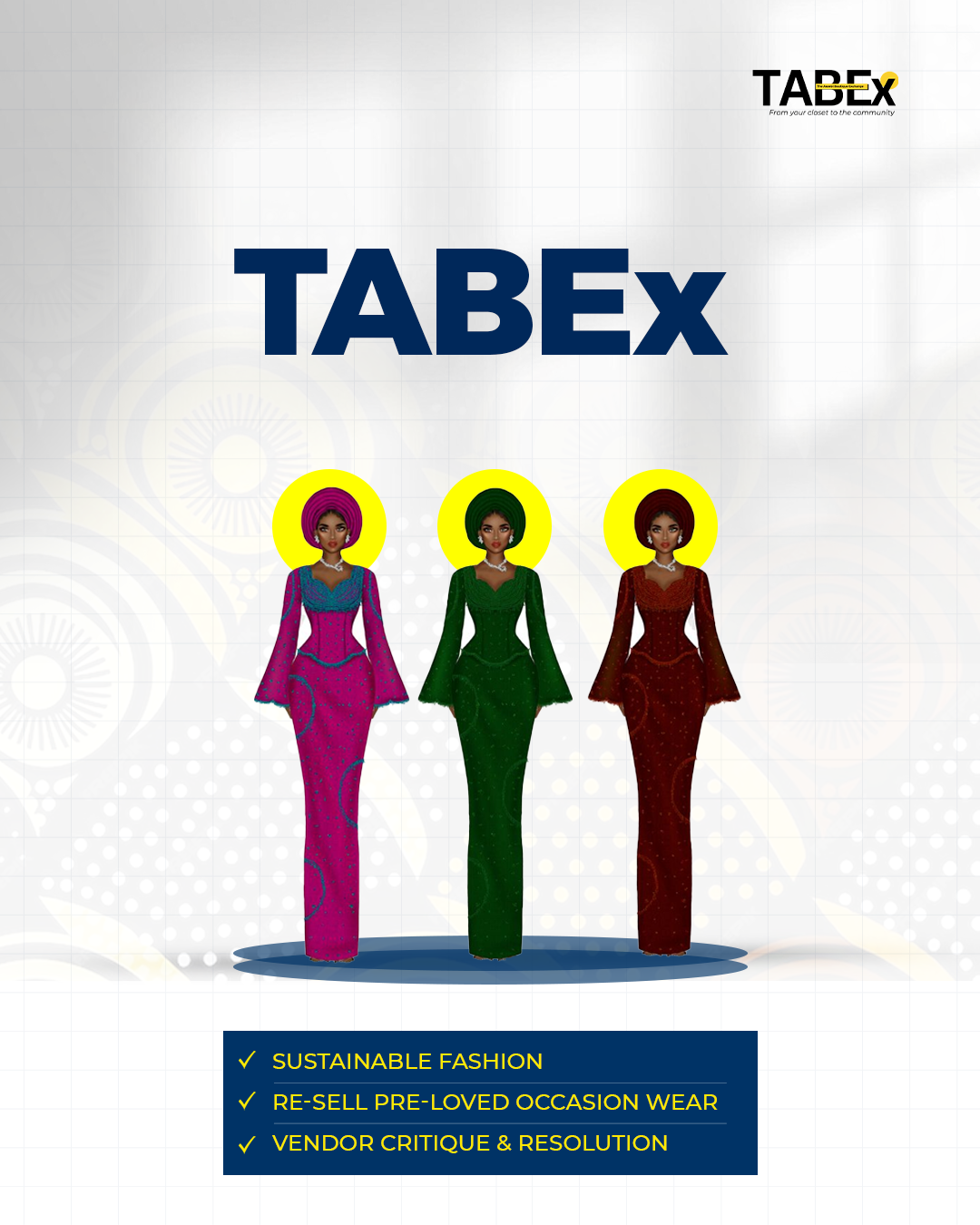
Blockchain is no longer just the technology powering cryptocurrencies like Bitcoin. It has emerged as a transformative force across industries, redefining how data is shared, stored, and secured.
Understanding Blockchain: The Digital Ledger Revolution
At its core, it is a decentralized digital ledger that records transactions in a secure, immutable manner. Unlike traditional systems, where a central authority governs transactions, blockchain operates on a peer-to-peer network, ensuring transparency and trust.
Real-World Applications of Blockchain
-
Healthcare:
It enables secure storage and sharing of medical records. Patients can control access to their data, reducing administrative delays and improving privacy compliance.
Example: Companies like MediBloc use blockchain to streamline patient data management. -
Supply Chain Management:
From tracking food safety to verifying the authenticity of luxury goods, blockchain enhances supply chain transparency.
Example: Walmart uses it to track produce from farm to shelf, improving recall efficiency. -
Digital Identity:
Blockchain-based IDs can eliminate the need for physical documents, enabling secure and seamless online authentication.
Example: Microsoft’s ION network offers decentralized identity solutions. -
Entertainment:
Artists and creators can use it to claim ownership of digital art, music, and videos, bypassing intermediaries and ensuring fair royalties.
Example: Platforms like Audius and OpenSea are paving the way for decentralized content distribution.
Challenges
Despite its potential, it faces hurdles such as high energy consumption and regulatory uncertainty. Moreover, its complexity can deter widespread adoption. However, ongoing innovations like proof-of-stake consensus mechanisms are addressing these issues.
The Road Ahead
Blockchain’s versatility ensures it will play a pivotal role in future technological advancements. Whether it’s through secure digital voting systems or decentralized finance (DeFi), the possibilities are endless.






Leave a Reply